On the first of July 2018, new requirements for the Country of Origin Labelling of food sold in Australia will be mandatory. The requirements came into effect on 1st July 2016 and a transition period of 2 years will be completed and packaged foods are expected to be compliant.
The Country of Origin Food Labelling Information Standard 2016 as well as the Competition and Consumer Amendment (Country of Origin) Act 2017 (in Force) was enacted to prevent false or misleading claims about the country of origin of our food sold in Australia. Foods are categorised into Priority and Non-Priority Foods. Priority Foods are required to be labelled or marked in a particular way and must be true and accurate. Non-Priority Foods can simply have the country of origin written in legible text somewhere on the packaging.
To get a start on this, begin by reading the meanings of the words used in the legislation below.
Meanings
Priority Food:- Any food which is not in the Non-Priority List of course.
Non-Priority Food:- Food categories or groups included in the list below. Each group may have individual foods which are exempt and therefore are considered Priority Foods.
(a) seasonings;
Exclusions – mustards, sauces, chutneys and relishes.
(b) confectionary;
Exclusions – sugar, icing sugar or icing sugar mixes, jams, honey, marmalades and other spreads.
(c) biscuits and snack food;
Exclusions – cakes, muesli bars, processed nuts, including coated nuts and nut mixtures (e.g. mixed with dried fruit).
(d) bottled water;
(e) soft drinks and sports drinks
Exclusions – non-carbonated fruit or vegetable drinks, milk, cereal or nut or legume based drinks sold as milk substitutes (e.g. almond milk, soy milk).
(f) tea and coffee;
(g) alcoholic beverages.
Substantial Transformation:- Goods are substantially transformed if:
they were ‘grown’ or ‘produced’ or as a result of one or more processes undertaken the goods are fundamentally different in identity, nature or essential character from all of their ingredients or components.
Grown:- A food or ingredient was grown in a country if it was materially increased in size or materially altered in substance in that country by natural development; or; germinated or otherwise arose in, or issued in, that country; or; was harvested, extracted or otherwise derived from an organism that has been materially increased in size, or materially altered in substance, in that country by natural development.
Made:- When a food underwent its last substantial transformation.
Produced:- When a food has each of its significant ingredients grown or otherwise wholly obtained; and where all, or virtually all, of the processing has occurred.
Priority Food Labelling
Required statements now include Grown in, Produced in, Product of, Made in, Packed in or combinations of these. Goods which are wholly Australian produced or Australian Made with percentage of Australian ingredients are able to display the standard mark examples below which include the Australian Made Kangaroo symbol:-
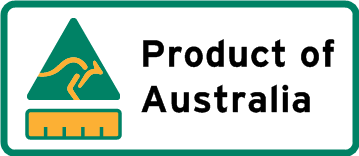
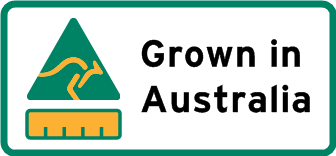

Foods which wholly contain imported ingredients, are not substantially transformed or are only Packed in Australia must still bear the Country of Origin Mark but this must not include the Australian Made Kangaroo symbol.
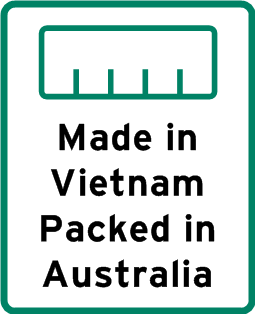
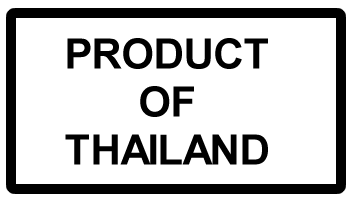
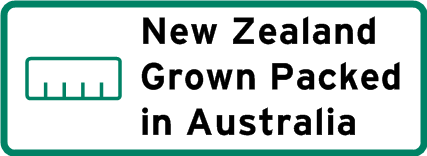
Non-Priority Food Labelling
Non-Priority Foods as listed above will not require specific formats of labelling but must still contain text somewhere on the packaging to indicate the country of origin for its ingredients.
Product of China
How do I determine the type of Standard Mark required?
Electronic Business Equipment is able to assist you with determining the required label formats for your products. We are also able to assist to determine the course of action to have your label scale print this information for you. Please contact us for assistance.
The government has also provided an online tool to assist in determining the correct Standard Marks required by answering questions about your product/s. Some questions are quite specific and may require additional knowledge to answer correctly. We are able to assist you if you require.
How do we get these labels?
The labels may be pre-printed and applied separately, included in new pre-printed packaging or by using scales such as the Ishida Uni-3, we are able to configure the label format so you are able to continue to label your products as before with the country of origin included.
Not all scales are able to print the required information correctly. Some label scales may need to be replaced or you may need to change the size of the label you are currently using to accommodate the country of origin statement.
What about Fruit and Vegetables and Deli Items?
Specific provisions have been included for products such as cut fruit, vegetables and items sold over the counter such as a deli.
Cut fresh produce which is prepared on the premises and is wrapped in clear wrap do not have to include the standard mark but should display the country of origin near the product such as the under the price tag.
Items sold over the deli counter should also adhere to the same standard as cut fruit and vegetables with the country of origin displayed on the price tag or stand.
I NEED HELP!
Give us a call on (07) 5443 2744 or use the contact form to get in touch. We will be more than happy to assist.

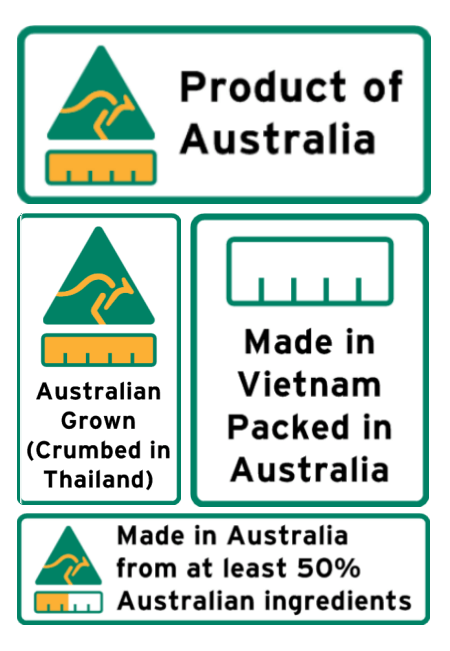
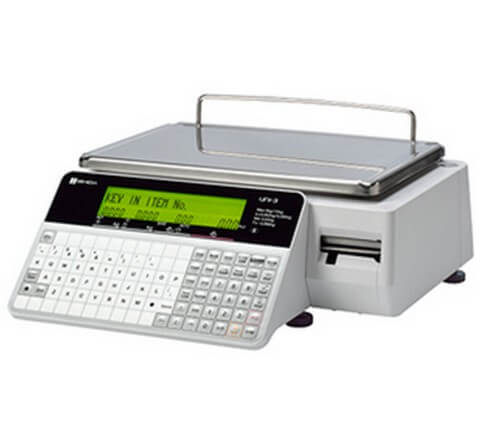

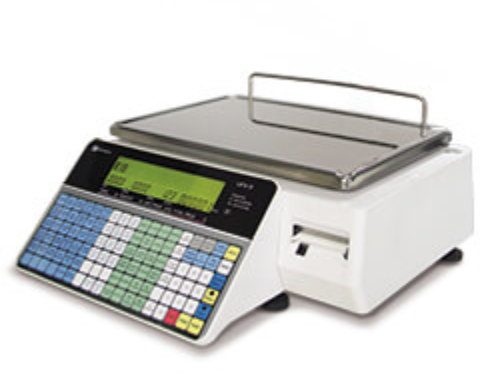

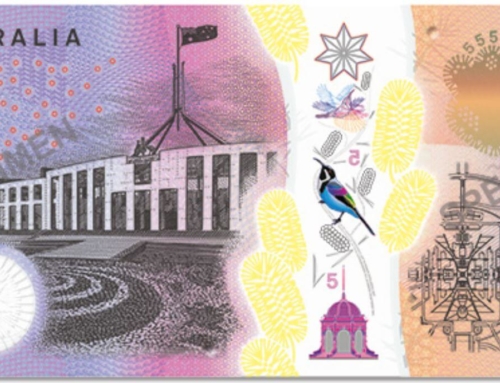

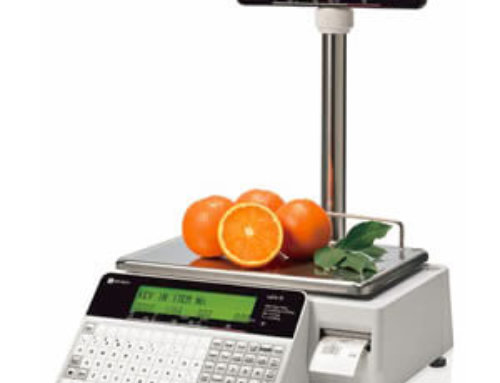
Leave A Comment
You must be logged in to post a comment.